Camping sounds pretty good right about now! You have a vision of the whole family happily huddled around a campfire, singing campfire songs, roasting marshmallows, watching a beautiful sunset. You can see waking up in the morning and getting ready to go hiking. And maybe even taking some fishing poles to the bank of a lake or river and catching some fish to cook on the grill. Camping can be a great way to help you be close to your family and close to nature. You will come back from your trip with a sense of accomplishment and rejuvenation. Now, you just need to know how to go camping! Well, don’t worry, here is your complete camping guide to ensure all goes smoothly on your fun family camping trip.
How To Go Camping For The First Time: Family Camping Trip Planning Tips
How To Plan For A Camping Trip With Family
So you have finally decided to do it. You are ready to plan a camping trip for the family. But it is your first time camping. Or maybe it has been a while since you have camped, or maybe you have yet to camp with kids along. You wonder if you still know how to go camping. Will it be fun? Or will you just end up making a big mess, the kids will have poison ivy from head to toe, you will forget something super important and everyone will be totally bummed out and want to go home without even getting to do something fun. No one wants to have a miserable camping experience.
What can you do to make sure you avoid any of the potential camping failures that could happen if unprepared? The best way to do this is to do your homework, decide on the particulars and adequately prepare. This camping guide will share some of the things you might find helpful to think out before you start out!
How To Camp And Types Of Camping- Pick Your Style
First you have decide where to camp and what types of camping appeal to you. Are you going to take your RV or are you going to go tent camping? And how you plan to do this all depends on what your options are, how much time you have, and what kind of experience you want. There are a variety of options for how to go camping. Ranging from primitive camping (no water or electric) to cabins that are furnished and have air-conditioning. They type of camping you choose will probably be largely affected by the age of your children.
Photo by Blake Wisz
RV/Caravan Camping, Tent Camping, And Cabins
Let’s say you have an RV and you have some tents. A lot of families chose to take the RV but set up tents for the kids. That way the family has something comfortable with all the modern conveniences like water and electric and a stove for cooking, while at the same time you have the option of the tents for a more authentic and outdoorsy experience. Take both or pick the one for you.
Others may prefer to stay at a park, but rent a cabin or a shelter. While not exactly traditional camping, cabin camping can still let you get back to nature and may be a great first step towards camping.
Where To Go Camping?
Many times it can be most enjoyable when camping to plan to go somewhere close by. If you plan something close, then you don’t have to travel far, and you won’t be exhausted when you get there. Staying close to home has a lot of advantages, especially showing up to the camping spot with plenty of energy for your outdoor adventure. Some good resources can be found on your State’s website for State Parks.
You can also get tips for finding free camping sites at FreshOffTheGrid. Be aware, they probably won’t have as many amenities as paid camping sites.
Pick Family Campgrounds With A Variety of Fun Things To Do
Camping can be a lot of fun. Especially when you know exactly what you want to do when you wake up! State Parks offer many different kinds of activities. So if you chose family campgrounds in a park close to you, then you will want to find out what activities you can do at that park. For some State Parks and National Parks, swimming is an option or playing on the beach. While other parks might be better for having fantastic trails. It depends on what nature has to offer in that park. Think about what kinds of things you want to be near when you are on your camping trip. What kinds of things you want to do during the day.
Here in this article on how to go camping, I have included only three activities to give you a feel for how the choice of activity may impact the amount of preparation you may have to add to your camping trip. For each activity you choose there will be a whole different set of considerations, things to check into and plan, things to take with you and prepare for. This all depends on the complexity of the activity.
Biking
If you decide to make hiking and biking the focus of your activities during your camping stay at a park, you will want to make sure the park has trails that will give you plenty of area to explore and which fit your level of skill. The park’s website should give you an idea of how many miles of trail there is, and whether the trails are advanced, intermediate or beginner. Brazos Bend State Park, for instance, may not have swimming opportunities, but it does have 21 miles of trails, ranging from beginner to intermediate. Most of the trails are level, well maintained and easy for the entire family to use.
If you decide to make biking a part of your experience, then you will want to bring your bicycles, a way to secure them, and some basic repair tools for if you plan to take long rides.
Biking Checklist – for extended 4-6 hour long rides there is a detailed checklist of essentials you will want to take which might include things such as: Air pump, Repair tools, Sunglasses, Socks, First Aid Kit. The Bicycling website has detailed information for planning an all-day bike ride.
Wildlife Viewing
Wildlife Viewing is an activity enjoyed by everyone who likes the outdoors. Who doesn’t like to see wildlife in its own natural habitat? There are several ways you can enjoy the wildlife at the park you chose to visit. Something that enhances enjoying the wildlife is taking some Field Guides. If you enjoy birds, you might take a Sibley’s Guide. If you enjoy reptiles and amphibians you can chose a specialized guide that will give you pictures of lizards, toads, and frogs. Alternatively, you can always get some pocket field guides which are available in many State Park gift stores.
Take your camera, some binoculars and be sure to keep your volume down, so you don’t send all the wildlife running off before you get a chance to see it.
When planning how to go camping and where to go on the park to get the best view of wildlife, there are several things to keep in mind. One is habitat. Depending on what you want to see, you can choose the most likely place to see it, by going to where it is at home in its habitat. For instance, at Brazos Bend State Park there are 7 lakes. But because alligators tend to stay in the largest two lakes, you would want to plan your outing at 40-Acre Lake and Elm Lake.
When planning your day wildlife viewing, get a map of the park. You can also ask park staff where the best places to go for seeing wildlife are? Ask about wildlife viewing platforms, piers, decks or towers where you might get a good view.
Fishing
If you plan to make fishing one of your activities. You want to bring your equipment and make sure there is a place to buy bait nearby, if not at the park. Some parks will sell bait at the park store or gift shop. You will want to check on whether you need a fishing license and what the bag limits are. You can check with the park to find out what the best fishing spots are, where the fishing piers are.
Get A Map Of The Park
Although you can get a map of the park once you arrive. Did you know that you can usually download a copy of the park map from their website? Also, did you know that many parks have an additional map for hiking trails, paddling trails or equestrian trails and many of these can be obtained online ahead of time. It is helpful to have a general idea of the park’s layout when planning a camping trip.
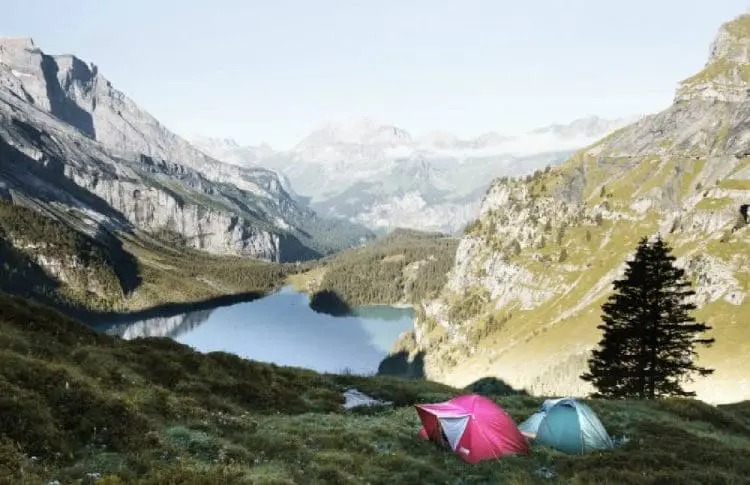
Choosing Family Campsites:
Depending on the Park you go to, the park may have a first-come, first serve policy or it may offer site-specific camping reservations. It really makes a difference to understand what system the park uses. If you are camping on the weekend you definitely want to make a camping reservation well in advance, as lot of parks fill up fast.
Here is an important tip for families that are wondering how to go camping with kids. You can choose campsites that are closer or further from the bathroom. If you have younger children, choose family campsites that offer flush toilets and shower facilities near by when possible! A remote location may be romantic. However, this same spot may not so much when your small kids need to get to the bathroom quickly.
The best option for family campsites are usually those that offer a picnic table and a fire ring. You may even wish to find ones with a grill and water spigot. These extra conveniences are a good idea especially if you are novice campers.
Other camp site considerations may include choosing one that has more shade. Some people prefer one that is more near the open meadow. Some spots are preferred which have more space between sites, or more room for parking.
Photo by Ivana Cajina
What To Bring On Your Family Camping Trip
There is nothing like driving out into the wilderness, being miles and miles from a grocery store, getting all set up for camping only to find that you left something as essential as cups or lighter fluid or a sleeping bag. So an important step in how to go camping is to prepare for your camping trip. Make a very thorough list. Divide you list into categories. You will need a food and beverage list. You will need to make a detailed clothing list. Don’t forget socks. Close-toed shoes. Hats. You might want a Camping Gear List. Besides food, clothes and gear you will have a lot more to think of.
Family Camping Packing List
- Print out: Maps, guides, directions that you want to take for reference.
- Big Stuff: Family tent, fold-out camp chairs, tarps, shade umbrella, and cooler. You may even want a portable camping bunk bed for kids.
- Bedding: Pillows, sheets, and sleeping bags for camping.
- Linens: Towels, washcloths, table cloth, kitchen towels.
- Kitchen Utensils: Camp stove and dutch oven. Can opener, bottle opener, cooking utensils, silverware and hot pan holder. Paper plates, bowls, cups, paper towels, napkins, and foil. Dish soap, scrubber or sponge, and a wash basin. Trash bags.
- Fire: Wood, charcoal, lighter fluid, matches, and lighter.
- Toiletries: Shampoo, Soap, toothpaste, tooth brushes, and flip flops to wear to showers.
- First Aid and Medicines: A first aid kit, band-aids, Tylenol, allergy medicine, pepto-bismol, and antibiotic ointment.
- Sun / Heat Protection: Sunglasses, sunblock, aloe vera gel in case of sun burn, bandanas, hats, visors.
- Other: Back pack, hiking boots, flip flops.
- Fun Stuff: Binoculars, camera, butterfly catcher, gadgets, and field guides.
- Commonly forgotten items: Contact lens supplies, phone chargers, batteries, band-aids, deodorant, water bottle, flash light, knife, trash bags, cooking oil, and umbrella.
If you still want more advice on what to take along on camping trips, try this packing list for camping with kids or this Camping Checklist free printable.
CAMPING SAFETY AND ETIQUETTE
If you had to come up with your own list of safety tips for how to go camping, what would they be? I bet you could think of a few camping safety tips on your own. First, think of things that you don’t want to have happen when you go camping. Then think of how to prevent them from happening. That will get you off to a pretty good start on safety for camping. Also, don’t forget to consider the camping season and weather conditions.
- You don’t want to get lost.
- You don’t want to start a fire.
When it comes to camping etiquette. Just think of what you don’t want others to do to you, and don’t do those things to others.
- You don’t want to be kept awake when you are trying to sleep.
- You don’t want to arrive and find a bunch of trash or see litter on a pretty hike
Camping Guide Conclusion
Camping offers an unparalleled opportunity to disconnect from the hustle and bustle of daily life and reconnect with nature. Whether you’re a seasoned camper or a beginner, each trip promises new experiences, challenges, and memories that can last a lifetime. By being well-prepared, respecting the environment, and embracing the simplicity of outdoor living, you can make your camping adventure both enjoyable and rewarding. So, gather your gear, choose your destination, and set out on an unforgettable journey into the great outdoors.
Getting ready for summer travel and planning a good camping trip will take some homework on your part. However, it is completely worth it to ensure it runs smoothly. Planning for the family camping experience can be part of the fun. Use this camping guide, search the web, read articles, find maps, get brochures, take notes, and make lists. This will help you custom design a camping trip you will remember for a lifetime. (You may like to take a peek at this family Smoky Mountain Camping trip.) Don’t worry. Relax. Unplug. Happy camping!
Related Posts:

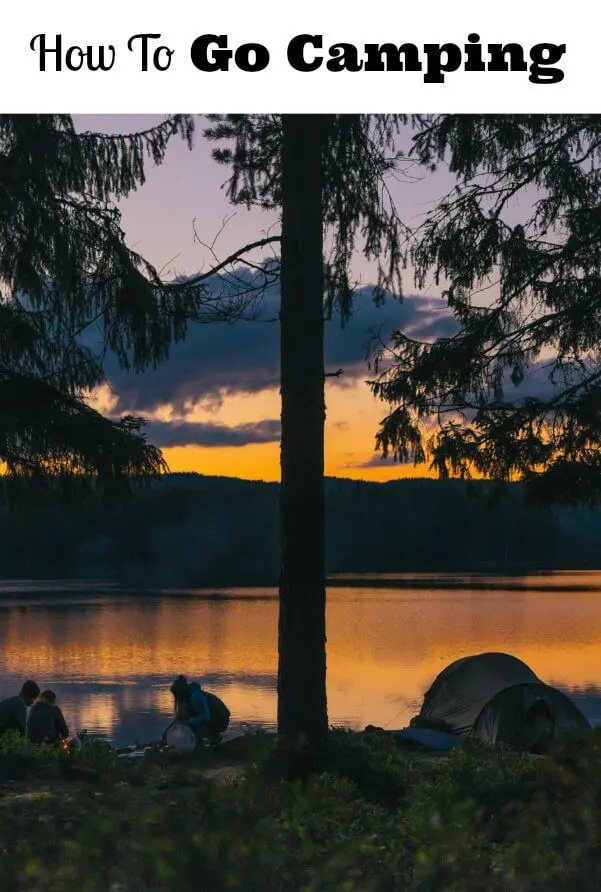
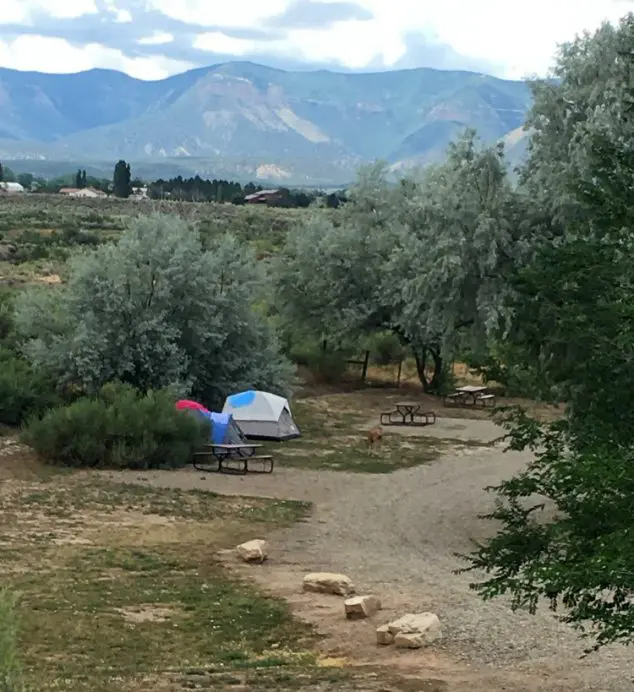
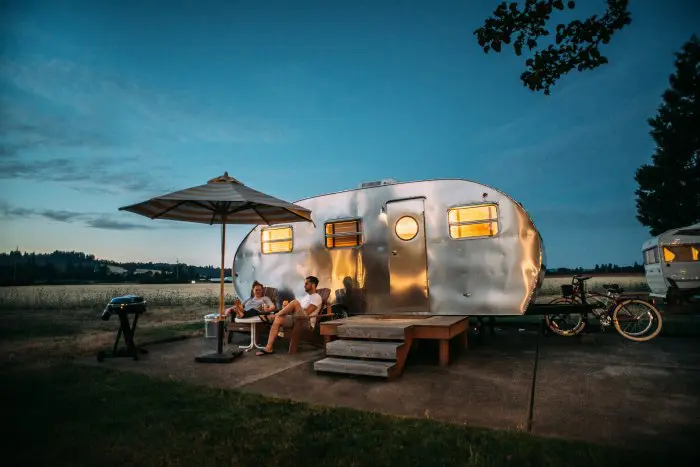

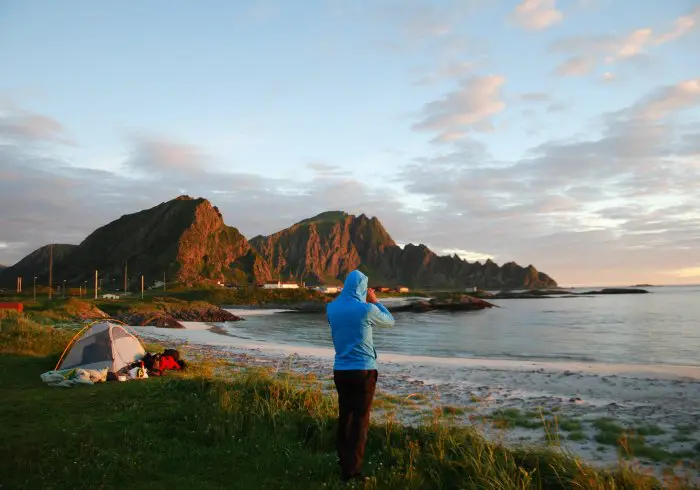
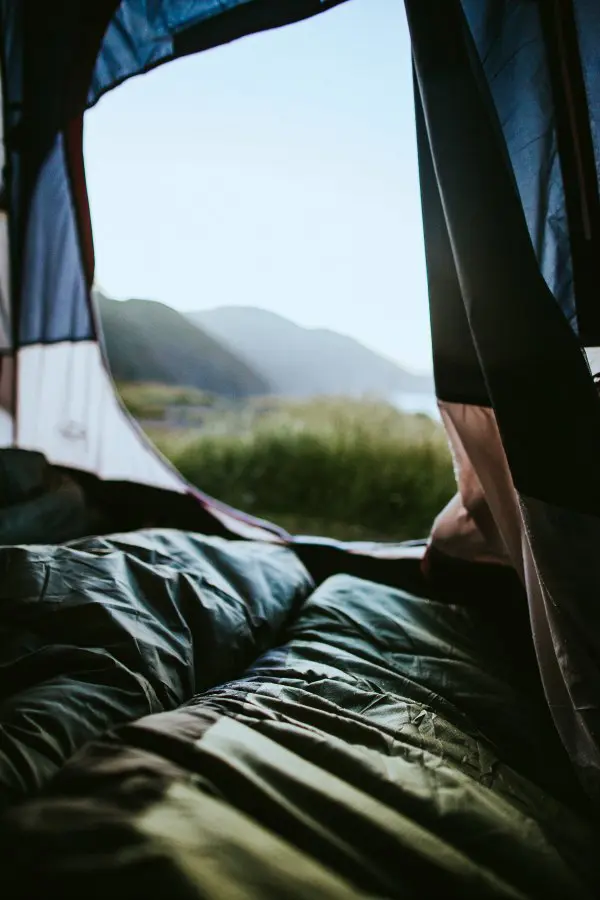

Brandy says
This is the perfect guide to go camping. I needed these ideas, as I want to camp with the kids this summer. I’ve never gone camping with them and it’s a must do on our summer bucket list.
Anna Livia Beckendorf says
Thank you, Brandy for comment on this guide. I’m glad it was able to be of assistance to you in this camping trip planning. Wish you the very best camping trip, enjoy!
Eugenia Garnes says
Thanks for the great pointers. I haven’t been camping often and needed some tips!